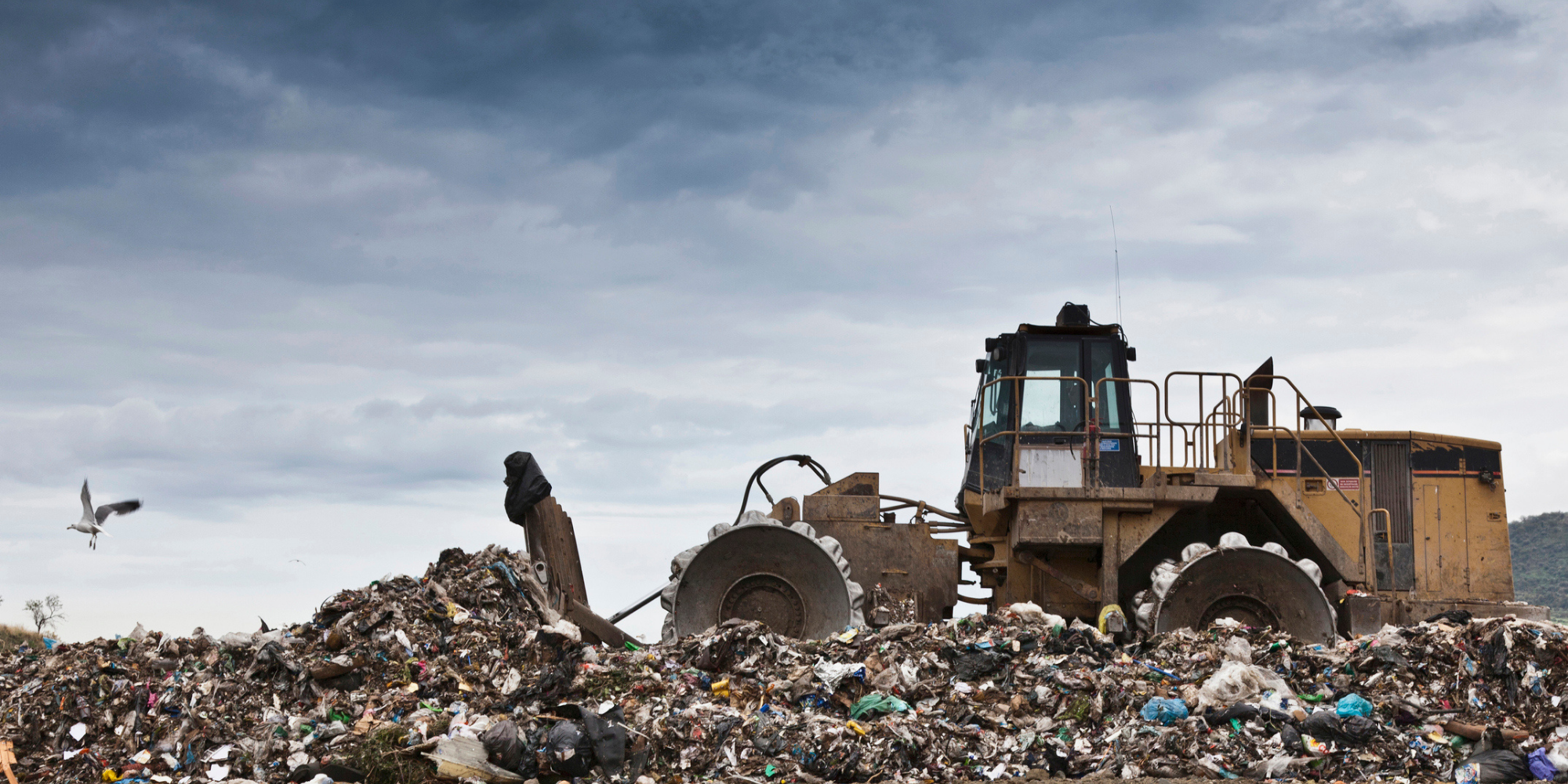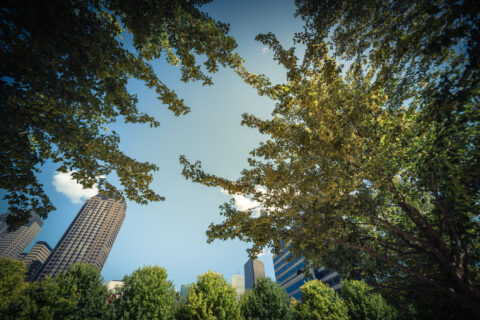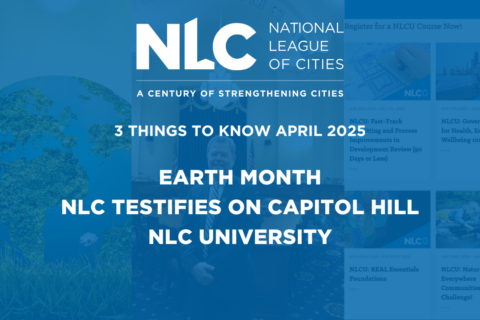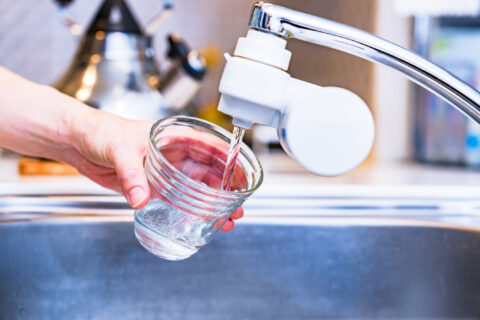Burnsville is a city of about 60,000 citizens situated 15 miles south of Minneapolis that has a closed, unlined 150-acre Freeway Sanitary Landfill site located within its boundaries just southwest of Interstate 35W and the Minnesota River. The landfill contains a variety of wastes, including battery casings and aluminum furnace slag, leading to groundwater contaminated with hazardous chemicals. Landfill gases are also a threat at the site as no landfill gas venting system currently exists. This landfill is an unlined superfund site sitting on top of very porous limestone with per-and polyfluoroalkyl substances (PFAS, which is a water safety issue) levels 714 times the safe levels in the shallow ground water.
| Numbers at a Glance | |
| Project Cost | $165 million |
| Cubic Yards of Waste | 7 million |
| Clean Drinking Water | 100,000 residents |
| Development Opportunity | $1 billion |
Next to the landfill is a private limestone quarry that is pumping almost 10 million gallons of water daily which is artificially keeping the water table lower. This water pumping is being done for mining in the quarry, but it’s also preventing toxins from leaking into Burnsville’s drinking water aquifers and contaminating them. However, if the water pumping stops or is hindered, the water table will rise, likely mixing with the buried trash contaminating Burnsville’s drinking water supply and also providing an environmental risk to the Minnesota River because the water ultimately outlets to the river. This environmental crisis is both predictable and preventable, and Burnsville sees a clear opportunity to improve infrastructure as a means of addressing environmental hazards.
With the Cleanup Comes Opportunity
Burnsville’s city government supports a plan to address this environmental hazard that is both cost effective and a viable option. This plan would result in the excavation and hauling of all waste buried in the Freeway Landfill to the adjacent operation Burnsville Sanitary Landfill and placed upon a engineered liner. This plan would leave the entire remaining landfill site an attractive development opportunity: reclaimed city land with the potential of a $1 billion mixed-use development, including a lake where the quarry currently sits. It also means clean drinking water for nearly 100,000 residents for decades to come (the City provides water to it’s citizens and to neighboring City of Savage as well). But the State of Minnesota has not yet prioritized the resources needed to clean this site. With federal support, Burnsville can avoid a disaster and plan for the future at the same time.
Burnsville Has a Plan that is Smart, Safe, and Benefits its Taxpayers
“We have developed a creative way of looking at mitigation for an environmental hazard,” said Burnsville City Manager Melanie Lee. “With the significant resources needed to clean this landfill, it only makes sense to leverage that investment in a way that generates revenue afterthe cleanup occurs. With costs increasing significantly year over year, and advancements in science that will render our efforts more efficient than ever, it just makes good financial sense for us to get it cleaned up now. Why not find a way that benefits our taxpayers, our state, and our region?”
Congress Can Support Projects Like Burnsville’s
NLC is a strong supporter for a bipartisan infrastructure package that can meet the water and environmental needs of cities like Burnsville. Members of Congress have prioritized a bipartisan infrastructure package, and President Biden has proposed the American Jobs Plan to invest in our communities through investments in infrastructure and jobs. As discussions in Washington progress on an infrastructure package, cities like Burnsville will see the greatest benefit if funds from the American Jobs Plan are directed to cities.
Send a Note to Your Member of Congress and Senators
Together, we’re asking Congress to pass an infrastructure bill that cities and towns can use to rebuild at home.









